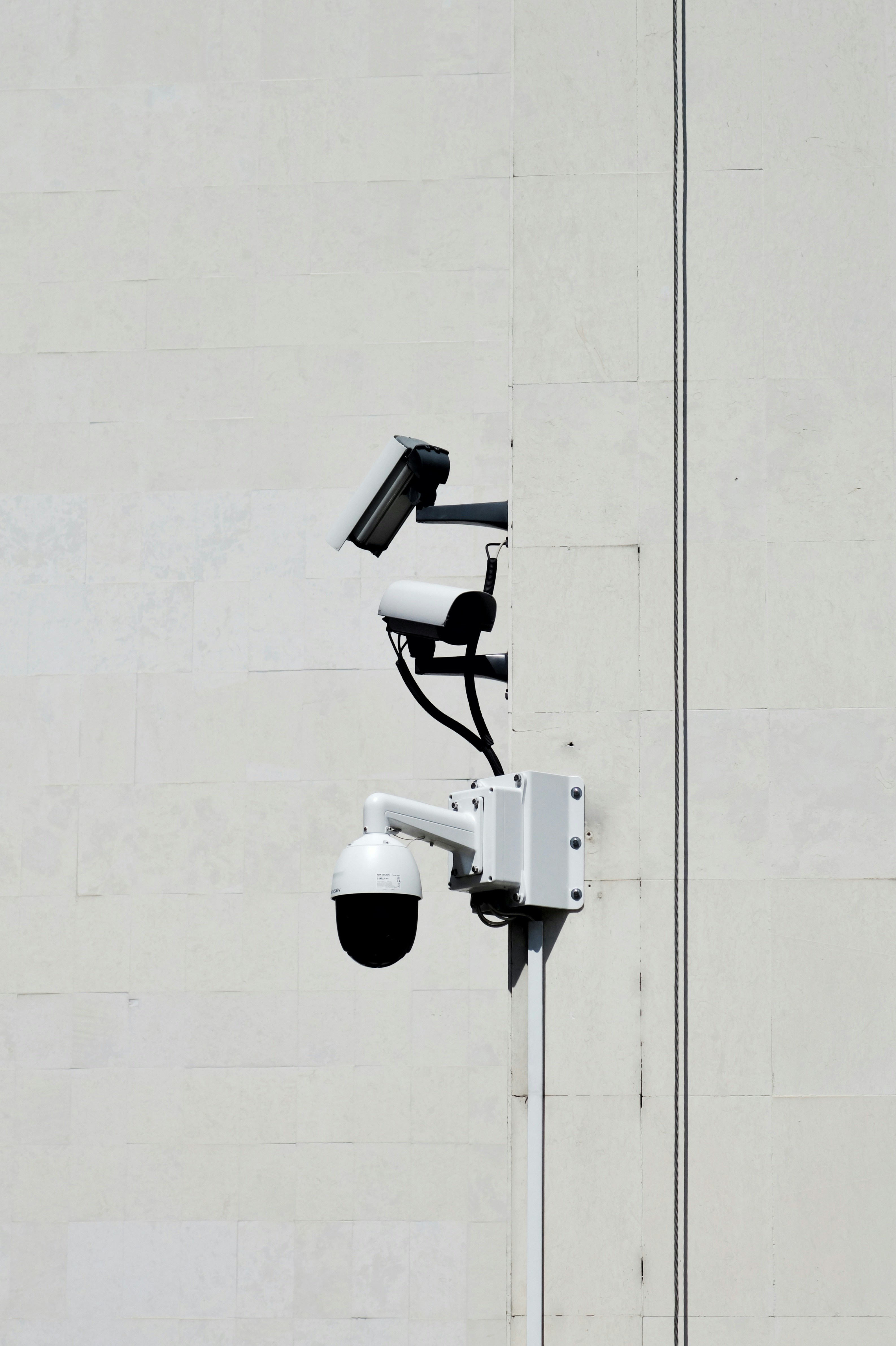Maximizing security measures for critical IT infrastructure with 24/7 camera monitoring
Last Updated on 13 August 2025

Protecting critical IT infrastructure is essential for maintaining data integrity and operational continuity. Data centers, which house vast amounts of sensitive information, require robust security measures to prevent unauthorized access and potential breaches.
Ensuring the security of your data center is crucial for maintaining the trust and reliability of your IT infrastructure. With the increasing sophistication of cyber threats and physical breaches, safeguarding these vital hubs has never been more important. One effective way to ensure comprehensive protection is through the strategic implementation of IP security cameras. These devices offer round-the-clock surveillance capabilities, enabling constant vigilance over sensitive equipment and network systems.
Continuous monitoring with IP cameras
Integrating IP security cameras into your data center’s security protocol provides unparalleled monitoring abilities. These cameras are designed to operate continuously, capturing every moment within their range without interruption. By placing them strategically around your facility, you can gain a 360-degree view of all critical areas, ensuring no corner is left unchecked. This persistent watchfulness helps prevent unauthorized access and identifies potential security breaches before they escalate.
Moreover, these cameras offer advanced features like motion detection and real-time alerts. When an unusual movement is detected, the system can instantly notify security personnel, allowing for prompt intervention. This proactive approach reduces the risk of damage or data loss due to physical intrusions. Additionally, footage recorded by these cameras serves as valuable evidence in case of any incidents, aiding investigations and enhancing accountability.
Incorporating these surveillance tools also means leveraging digital advantages such as remote monitoring. Security teams can access live feeds from any location, providing flexibility and quick response times in case of emergencies. This adaptability ensures that your data center remains protected even when on-site personnel are limited or during off-peak hours.
Maintaining uptime and equipment protection
One of the primary benefits of round-the-clock camera coverage is its contribution to maintaining uptime. Continuous surveillance helps detect issues like overheating or unauthorized access to server rooms before they can disrupt operations. This proactive monitoring supports uninterrupted service delivery, which is vital for businesses that rely on constant connectivity and data availability.
Furthermore, protecting network equipment from tampering or theft is crucial in preserving the functionality of your IT infrastructure. Cameras can monitor access points to sensitive areas and ensure only authorized personnel handle critical components. By deterring potential intruders with visible surveillance, you reduce the likelihood of incidents that could compromise your systems.
The presence of these cameras also reinforces other security measures within the data center. Coupled with controlled access systems and regular audits, they create a comprehensive defense strategy that addresses both internal and external threats effectively. This layered approach not only secures valuable assets but also instills confidence in clients who entrust their data to your facility.
Enhancing data center protection
The deployment of IP security cameras significantly enhances overall security measures within a data center environment. Their ability to provide constant oversight means potential threats are identified swiftly and dealt with efficiently. For instance, if an anomaly is detected at an entry point, security staff can immediately assess the situation using real-time footage and take necessary action.
Additionally, integrating these cameras with other smart technologies amplifies their effectiveness further. Advanced analytics can process video feeds to identify patterns or behaviors indicative of a threat, allowing preemptive measures to be implemented swiftly. Such integration ensures a higher level of automation in detecting risks while reducing reliance on manual monitoring alone.
Moreover, the assurance provided by 24/7 camera monitoring extends beyond physical safety; it also fortifies cybersecurity efforts by safeguarding hardware from tampering or sabotage attempts that could lead to breaches or data loss.